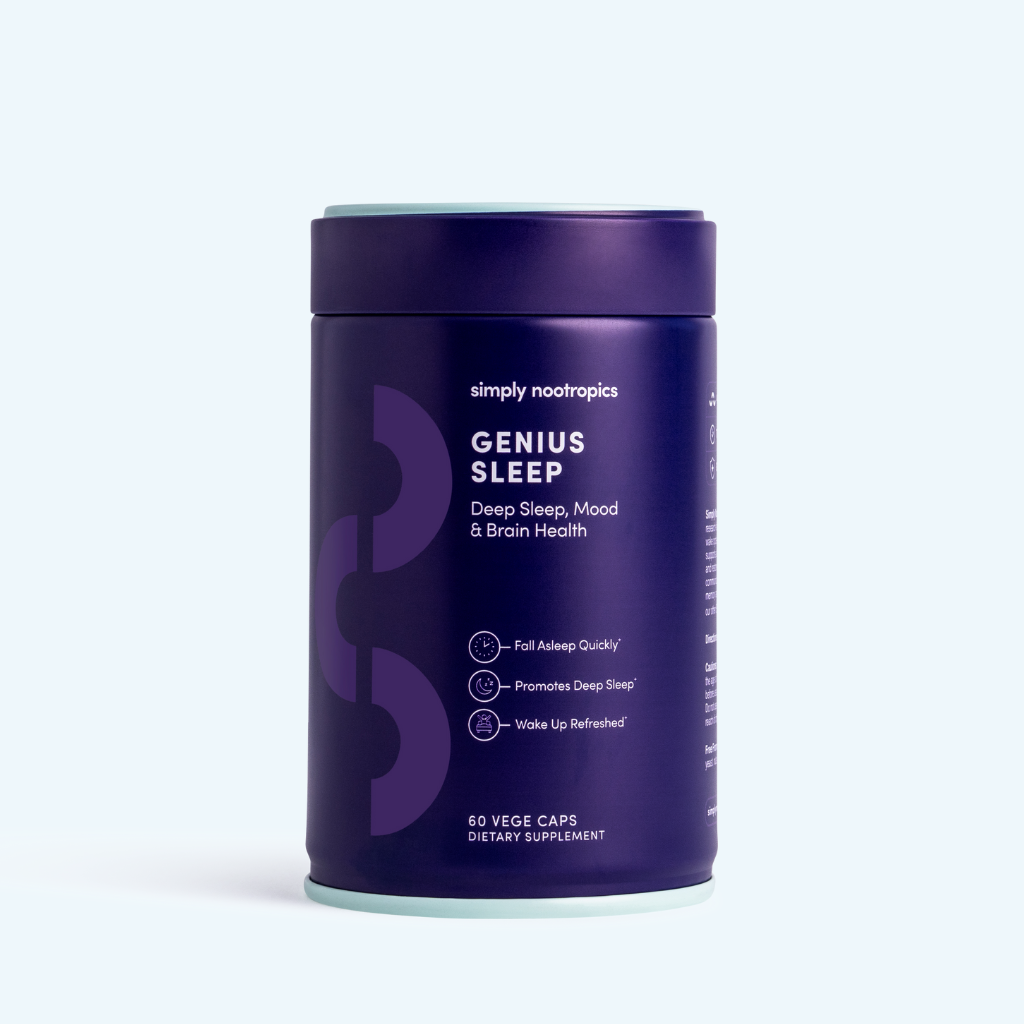In this week’s Longevity News, we’re zooming out to look at the bigger picture behind four recent discoveries spanning allergy research, mental health concerns around weight loss drugs, and digital tools for ageing well. These stories remind us that longevity isn’t about one silver bullet, it’s about layered, systemic change.
-
Could Food Allergies Be Reversed?
Food allergies affect roughly 1 in 13 children and are becoming increasingly common among adults. Beyond the inconvenience, allergies carry the constant risk of anaphylaxis, a life-threatening immune overreaction to seemingly harmless foods like nuts, eggs, or shellfish.
But a new study from NYU Langone Health could mark the beginning of a shift in how we treat them. Researchers identified a group of immune cells called regulatory type 1 T cells (Tr1 cells) that appear to suppress the hyperactive immune response characteristic of allergies.
Unlike most therapies that manage symptoms (like antihistamines or epinephrine), this approach targets the root dysfunction in immune regulation. The researchers were able to increase the number of Tr1 cells in mice and saw a corresponding drop in allergic reactions.
The long-term goal? Therapies that teach the immune system to tolerate allergens, effectively "re-educating" it. This could eventually offer an alternative to allergen immunotherapy and may even extend to autoimmune diseases like lupus or multiple sclerosis.
It’s early days, but this line of research could radically change how we think about immune dysfunction not as a defect to suppress, but as a system to retrain.
-
Ozempic and Mental Health: What Are We Overlooking?
GLP-1 receptor agonists like Ozempic and Wegovy are best known for aiding significant weight loss. However, the spotlight is beginning to shift. New reports suggest some users experience mood swings, prompting calls for closer scrutiny.
These drugs work by mimicking a natural gut hormone that regulates appetite. But because GLP-1 receptors are also found in the brain, they may be influencing neurological pathways related to reward, motivation, and mood - areas closely linked to serotonin and dopamine regulation.
Anecdotal reports of “emotional flattening” or anhedonia (the inability to feel pleasure) are raising flags. Some users describe a disconnect from food, social rituals, or even a sense of emotional numbness.
Weight loss alone can improve self-esteem and metabolic health, but if the emotional cost is high, we’re missing the full picture.
Researchers are now calling for more data in clinical trials, and some doctors are advising mental health screenings before starting these medications.
What does this have to do with longevity? Everything. True healthspan isn’t just about weight, it’s about quality of life, mood stability, and the preservation of emotional depth. We can’t optimise the body if we’re ignoring the mind.
3. Digital Companionship
The pandemic highlighted the deep impact of isolation, particularly for older adults. But loneliness isn’t a temporary crisis, it’s a chronic issue.
A recent study tested how low-barrier virtual experiences, like remote museum tours, video games, or simple group chats, affected older adults living alone. The results were quietly powerful: improved mood, enhanced focus, and a noticeable reduction in feelings of isolation.
What’s notable is that the tech didn’t need to be flashy. No headsets. No complex platforms. Just interfaces that were easy to use, paired with thoughtful, socially engaging content.
The study reflects a shift in how we think about healthy ageing. It’s not just about mobility or independence, it’s about continued participation. Being able to connect, learn, and express curiosity matters just as much as blood pressure or cholesterol.
And this raises a bigger longevity question: How can we design environments that don’t just extend life, but make those extra years worth living?
As our global population ages, the need to support cognitive vitality and emotional wellbeing will only grow. Digital tools, when used thoughtfully. might be one of the most scalable ways to get there.
Longevity Tip of the Week: Cellular Energy Is the Common Thread
At the cellular level, all the systems mentioned above, immune regulation, brain signalling, and even mental resilience, depend on a molecule called NAD+.
This molecule powers energy production in mitochondria, supports DNA repair, and plays a central role in cellular stress response. But here’s the problem: NAD+ levels drop dramatically as we age. By midlife, they may be half of what they were in our 20s.
That’s why researchers and longevity-focused clinicians are increasingly looking at NMN (nicotinamide mononucleotide), a precursor to NAD+, as a way to restore this foundational support system.
Human studies suggest NMN can support metabolic health, mitochondrial function, and even cognitive clarity. And for people navigating stress, ageing, or chronic fatigue, that boost in cellular energy can be a game changer.
It’s not a magic bullet, but in the landscape of ageing, where repair and resilience often struggle to keep up with demand, NMN can offer your cells the raw material they need to keep going strong.
















